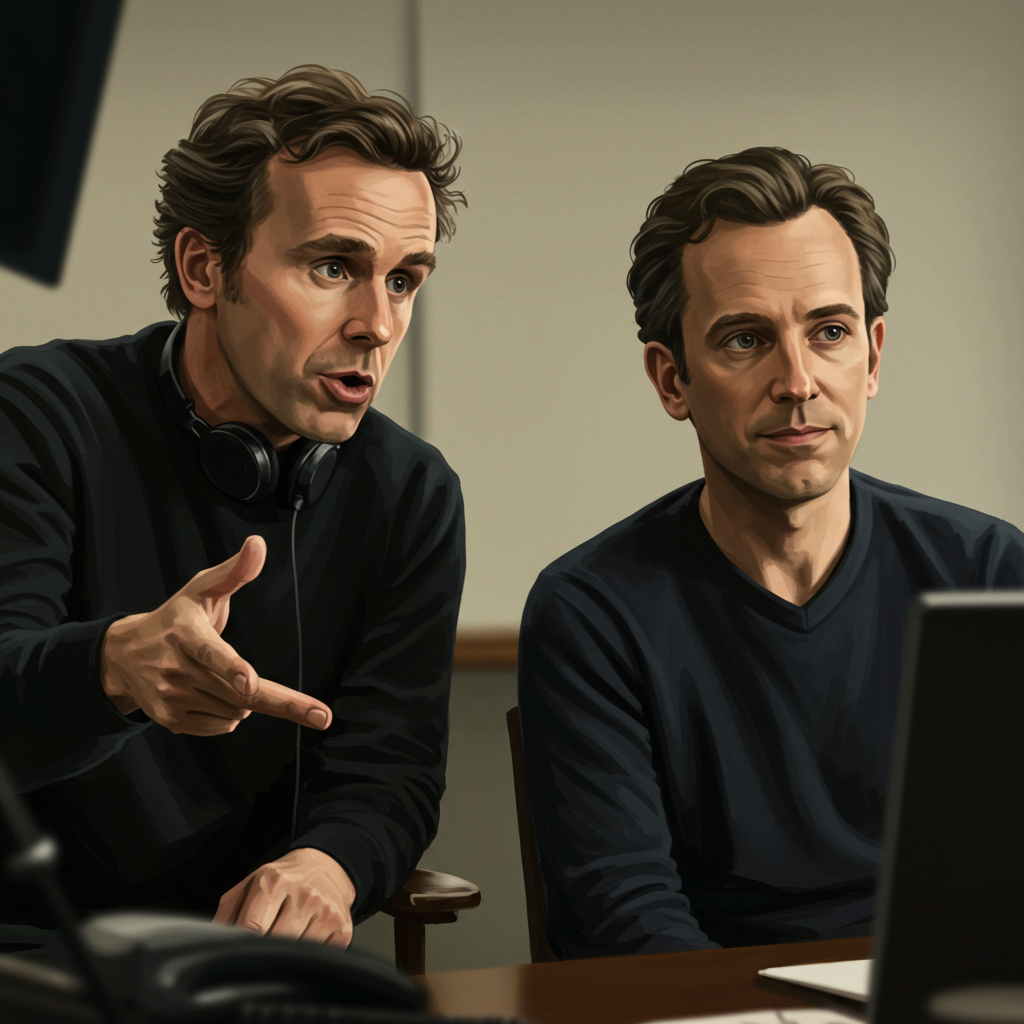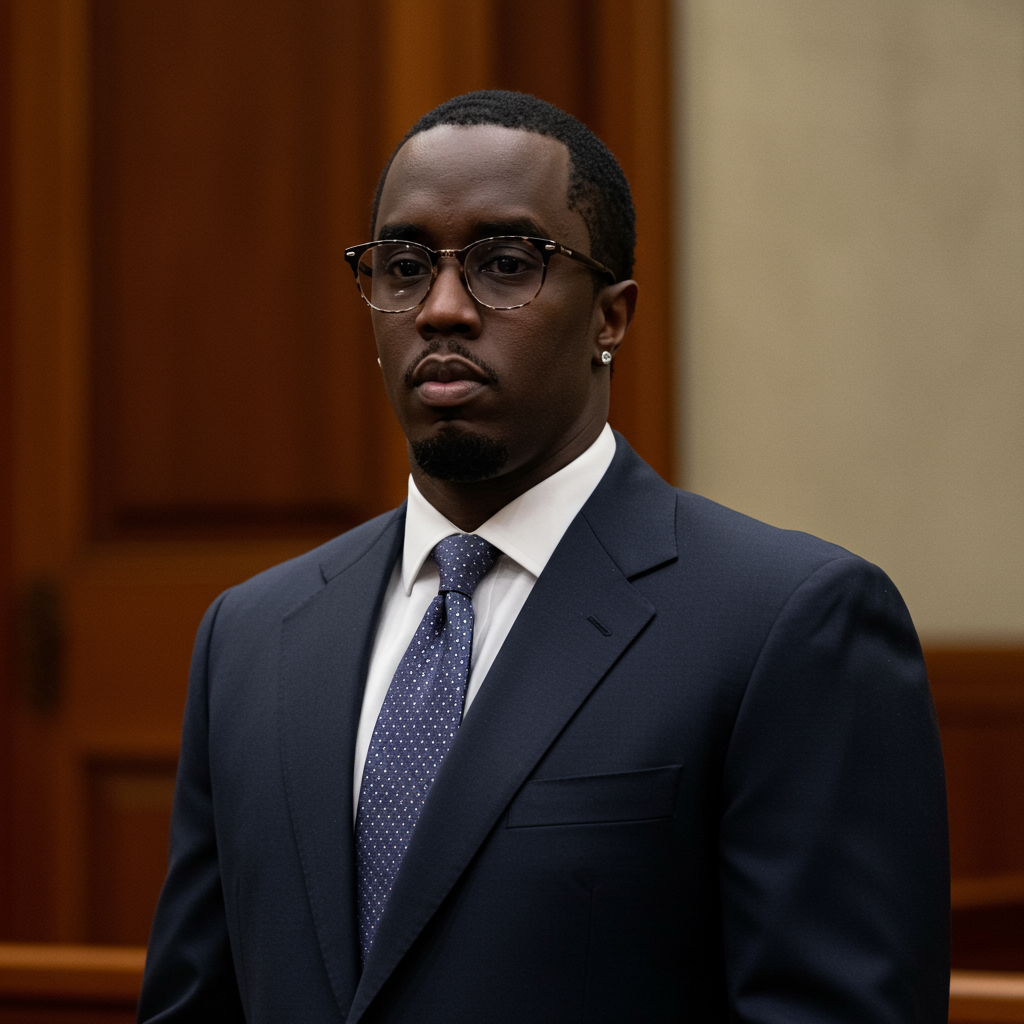Warning: This post contains major spoilers for 28 Years Later. Proceed with caution if you haven’t seen the film yet.
After nearly a quarter-century since the groundbreaking 28 Days Later redefined zombie horror, the long-awaited third installment, 28 Years Later, has finally arrived. Directed by Danny Boyle and written by Alex Garland, returning to the franchise in their original creative capacities for the first time since 2002, this new film takes the Rage Virus saga in an unexpected direction, setting the stage for a brand new trilogy.
Unlike the trajectory suggested by the 2007 sequel 28 Weeks Later, which hinted at a global pandemic, 28 Years Later reveals that the deadly Rage Virus was ultimately contained within the borders of the United Kingdom. While the rest of the world moved on, survivors in the UK were left to navigate the ruins of their country, facing not only the lingering threat of the fast-moving infected but also the challenges of rebuilding society in isolation.
This film is set 28 years after the initial outbreak in a quarantined Britain. It primarily follows 12-year-old Spike (Alfie Williams), who lives within a strict, isolated survivor community on Holy Island, connected to the UK mainland only by a tidal causeway. Raised in this “quarantine within a quarantine,” Spike embarks on a hunting trip to the mainland with his father, Jamie (Aaron Taylor-Johnson), a journey that exposes him to the evolved horrors of the outside world, including the emergence of “Alphas”—larger, stronger, and potentially craftier infected.
During this harrowing trip, Spike also learns of Dr. Kelson (Ralph Fiennes), a mysterious survivor he believes could potentially cure his ailing mother, Isla (Jodie Comer), who is suffering from severe migraines and lapses in sanity attributed to her illness.
Spike’s Journey and Dr. Kelson’s Role
Upon returning to Holy Island, a disillusioned Spike (witnessing his father’s infidelity) decides he must sneak his mother off the island to find Dr. Kelson. Their perilous journey across the mainland leads them through a desolate landscape rife with dangers. One particularly shocking encounter sees Isla assist an infected pregnant woman give birth to a seemingly healthy, uninfected baby girl. This rare phenomenon, later attributed by Kelson somewhat simplistically to the human placenta, raises fascinating questions about the virus and potential survival. However, the newborn’s Alpha father, Samson (Chi Lewis-Parry), soon arrives to claim his child, leading to a violent confrontation.
Dr. Kelson arrives just in time to rescue Spike and Isla, neutralizing Samson with a tranquilizer. After examining Isla, Kelson delivers a grim diagnosis: terminal brain cancer. Recognizing she cannot be cured, he offers her a compassionate end, assisting her suicide to alleviate her suffering. Kelson, who dedicates himself to memorializing the dead through a striking monument he calls the “Bone Temple,” helps Spike honor his mother’s death by burning her body and adding her skull to his collection, a poignant act contrasting remembrance with the failure to prepare for the living’s future.
With his mother gone, Spike briefly returns to Holy Island, leaving the healthy baby with his father and a note explaining her origins before deciding to strike out alone on the mainland. The film appears to be heading towards a solitary coming-of-age conclusion for Spike.
The Tonally Jarring Epilogue and ‘The Jimmies’
However, 28 Years Later delivers a final, unexpected twist in a tonally distinct epilogue. This sequence explicitly sets up the next chapter in the saga. Harkening back to the film’s unsettling cold open, which showed a young boy named Jimmy escaping the initial Rage outbreak while his preacher father saw it as divine judgment, the final scene features a now-adult Jimmy (Jack O’Connell).
28 days after Spike leaves Holy Island, he is attacked by infected but is dramatically rescued by a group of strangers led by the adult Jimmy, who introduces himself as Sir Jimmy Crystal. This cult-like group calls themselves “The Jimmies” (including members like Jimmima and Jimmy Ink) and sport vibrant tracksuits, garish jewelry, and utilize swift, parkour-like movements to dispatch the infected.
The sequence is a bizarre departure from the film’s preceding mood, feeling more like a “Guy Ritchie movie.” This introduction of Jimmy Crystal and his followers is not entirely unforeshadowed; cryptic hints like Jimmy’s name carved into an infected man and scratched onto a wall appear earlier. A particularly unique and controversial element highlighted by commentators is the resemblance of Jimmy Crystal and his followers’ attire to that of the late, disgraced British TV presenter Jimmy Savile. This disturbing stylistic choice, occurring in a timeline potentially before Savile’s widespread abuse allegations became public knowledge, has been interpreted as a commentary on historical whitewashing or a society clinging to a harmful, unexamined past.
Setting Up the Future Trilogy
This surprising ending serves as a direct springboard into the planned sequels. Director Danny Boyle and writer Alex Garland have confirmed a new trilogy is in development, beginning with 28 Years Later.
- The Second Film: The final scene of 28 Years Later, introducing the adult Jimmy Crystal and his group, sets up the next movie, titled 28 Years Later: The Bone Temple. This installment is already filmed and will be directed by Nia DaCosta, with Alex Garland returning as writer. Boyle described this film as potentially disturbing and risky, calling it “the most original piece of screenwriting since ‘A Clockwork Orange'” (a reference evoked by the “Clockwork Orange”-like demeanor of The Jimmies). While the subtitle might initially suggest a focus on Dr. Kelson’s memorial, the Jimmys’ prominent role in the ending suggests they will feature “very heavily” in this sequel. Boyle indicates the next film will explore “the nature of evil.”
- The Third Film: A third film is also planned, with Danny Boyle expected to return as director and Garland as writer. While the script isn’t yet complete, a story structure exists. This movie is slated to delve into a “bigger story about redemption” and will feature the long-awaited return of Cillian Murphy as Jim, the protagonist from the original 28 Days Later. Boyle has stated Murphy will make a brief appearance at the end of The Bone Temple before becoming an “enormous character” in this third installment.
Themes and What It All Means
28 Years Later isn’t just a simple zombie thriller; it’s a film steeped in contemporary British anxieties and societal reflections. While 28 Days Later captured post-9/11 fears, the new film reflects a Britain shaped by austerity, inequality, and significant political shifts like Brexit (mirrored by Britain’s forced isolation in the film). The survivors on Holy Island, clinging to an isolated, quasi-pagan, nostalgic vision of wartime Britain, can be seen as a potent symbol of a nation grappling with misguided democratic decisions and a reluctance to face forward.
The film contrasts the harsh realities of survival with moments of dark fairytale beauty and addresses themes of grief, family (both biological and chosen), isolation versus the urge to reconnect with the world, and the nature of death and remembrance (through Dr. Kelson’s philosophy and the Bone Temple).
The evolution of the infected also holds symbolic weight. Beyond the fast-moving infected, the introduction of “Alphas” and “crawlers” (grotesquely swollen, worm-eating infected) suggests the virus isn’t just burning out but causing the world to take on strange, new forms. The healthy baby born to an infected mother is a particularly intriguing development, potentially representing a new form of hope or a new, uncertain future survivor.
The ending, particularly the introduction of the bizarre, unsettling Jimmys led by Sir Jimmy Crystal, feels less like a traditional cliffhanger and more like an intentional disruption, overflowing the post-apocalyptic world with complex, potentially disturbing ideas about society, history, and the forms evil can take. It leaves Spike stepping into a world far stranger and more dangerous than the one he knew, with figures like Dr. Kelson, the baby, and the enigmatic Jimmy Crystal awaiting him.
While the film doesn’t provide all the answers, its ending ensures that the Rage Virus universe is far from finished, promising a fascinating and potentially divisive exploration of humanity’s future in a ruined, isolated Britain.


